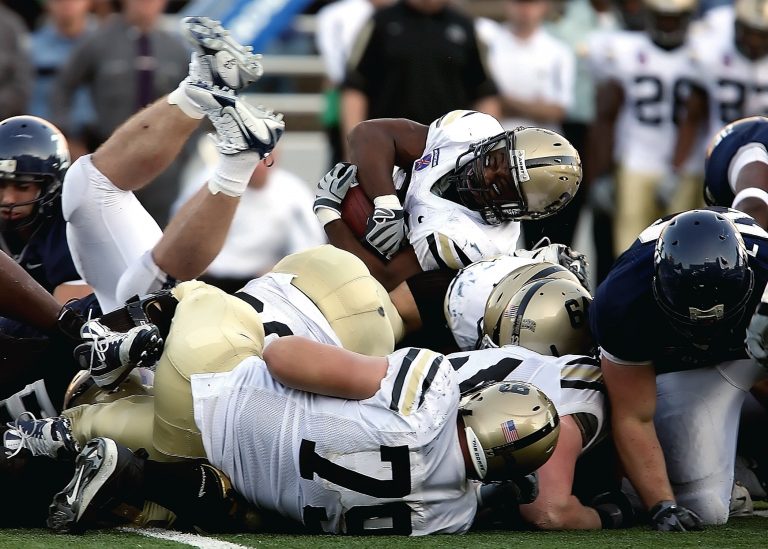Latinos in Baseball: The Hidden Discriminatory Practices
The presence of Latino players in Major League Baseball (MLB) has been outstanding in recent years. Unfortunately, these numbers typically result from abhorrent discriminatory practices in recruitment, treatment, and salaries at the minor league level against Latin American-born prospects.

Baseball (El Béisbol) is deeply embedded in the Latin American experience, starting with Latino individuals who played professional ball for American professional leagues in the 1870s. They would return home and share the sport in countries like Dominican Republic, Venezuela, Cuba, and Mexico.
As early as 1911, MLB leagues tried to recruit Latino talent. The growing presence of Latino players advanced further after MLB broke the color barrier with Jackie Robinson’s signing. Talented players such as Fernando Valenzuela, Edgar Martinez, Miguel Cabrera, Albert Pujols, Vladimir Guerrero, Nelson Cruz, Juan Soto, and Ronald Acuña Jr have made history in the league. Today Latino players comprise 28.5% of the league.
How Have Latin Americans Been Contributing to MLB?
Players’ overall contributions to the sport can be classified using an objective measure called Wins Above Replacement (WAR) which runs from 0.00 to 6.00. This statistic shows that Latin American players accounted for 29% of contributions in 2016. Despite this, Latino players earn about $6.8 million per WAR, 12% less than white and Black players, who make $7.8 million per WAR.
Furthermore, of Latino players who debuted between 1949-1998, 1.38% were inducted into the Baseball Hall of Fame. In comparison, MLB inducted 1.04% of white players and 1.34% of all players. In addition, entering 2021, 31 out of the top 100 MLB players were Latino.
Latinos in Amateur and Minor League Levels
Recruitment
In Latin America, many players experience dire financial circumstances. The appeal to the potential of a cheaper market is attractive to MLB. In North America, players are recruited through an annual draft subject to extensive protections under agreements between MLB and the Major League Baseball Player Association (MLBPA). Meanwhile, Latino players are free agents, meaning there is no agreement between MLB and any Latino baseball enterprise.
MLB has neglected Latino-born player contracts by not translating them into Spanish until 2001 and, in some cases, providing blank contracts. This has made it possible to recruit players under 18, reaching as low as 10 through 13. Furthermore, it directly violates MLB’s rule that indicates 17 as the youngest recruitment age and international law.
The young recruitment stems from the fierce competition teams have to secure players, which should mean a higher bidding salary. However, under international salary caps and scout’s power over prospects, contracts have consistently entailed lower wages and little to no bonuses.
Baseball Academies and Minor Leagues
Latino recruits enter the “baseball academies” located in Latin America. These can be described as “economies of scale,” where many players are cheaply recruited and sent to the United States after meeting the age requirement and their full potential. Conditions can vary drastically and may even lack the necessities for proper hygiene.
While minor league playing facilities are under strict rules in North America, Latin American academies sometimes operate with harsh physical and emotional abuse while overworking their players. To prevent other scouts from finding players, the baseball academies essentially serve as “concentration camps” to kidnap or hide players. When the prospect is 17, he may enter the minor league system. After years in the academies and minors, if the player fails to advance, he may be sent home without money or education.
Salary
In 2014, player Witer Jimenez and other minor league players sued MLB for exploiting the lower class. They indicate the league’s maximum starting salary fell to $5,500 annually and a minimum wage of $1,100. The lawsuit also suggests that much of this money goes to taxes and agent fees. On average, Single through Triple-A makes $6,000, $9,350, and $15,000, grazing the poverty line.
American players can forgo these low salaries because of their more privileged background and ability to work elsewhere legally. However, for Latino players, this income is their only livelihood, which they use to support themselves and their families (remittance). They must endure the minor league salaries before thinking of those million-dollar contracts if they even make it to the major league level.
How Is the MLB Addressing Their Discriminatory Practices?
At the Major League Level, MLB has pushed for honoring Latino players in the sport. They did this by increasing the amount of Hall of Famers from 6 to 12 in the 2010s. They have continuously honored Latino talent at various events and have pushed for allocating more resources to the baseball academies in Latin America (such as drug testing).
Unfortunately, the issue of child abuse, drug abuse, and low salaries for Latin Americans is suppressed and unaccounted for. MLB must uphold identical recruitment practices for Latin American players without systematically breaching the benefits of players’ impoverished backgrounds.





